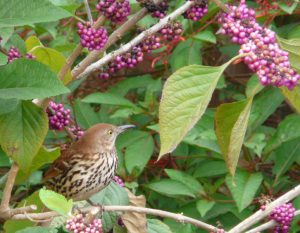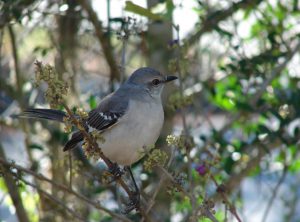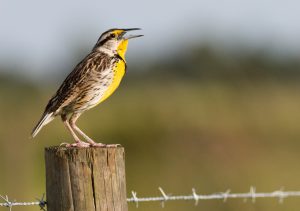
Have you ever heard that sickening thud as a bird hits your house or office window?
Environment Canada ranked window collisions as the second-highest direct human cause of bird deaths in Canada, behind only habitat loss. They estimated that as many as 42 million birds die from window collisions annually in Canada. Ninety percent of these collisions are with windows in individual houses, about 9 percent from low-rise buildings, and less than 1 percent from high rises and skyscrapers.

Bird collisions with windows cause an estimated 1 billion bird deaths annually in the United States. Often, windows appear transparent or opaque (which seems like a passageway) and birds will attempt to fly through. Birds can not perceive reflections, so reflective glass just appears as a continuation of their flight path. Collisions can cause fatal head trauma, internal injuries, or damage to wings. It is estimated that over half of bird collisions with windows results in death.
Ever wonder how to help save our feathered friends as they travel exhausting and dangerous journeys?
Visual marks are considered the best way to deter collisions. Screens, netting, and overhangs may give visual clues for the birds to stay away, but may not be enough. The Toronto Green Standard recommends 5 mm dots approximately 50-100 mm apart. Other DIY solutions include painted dots or stripes on windows, or bird tape (which was tested in Austria and shown to be effective when 3/4-inch tape was placed in squares or lines 4 inches apart).

Dr. Mark Hostetler, UF Professor of Wildlife Ecology, shares this technique with us in his short video: https://www.youtube.com/watch?v=kOn-iUUYdGI&feature=youtu.be
University of Florida is taking the initiative to make their 2,000-acre campus safe for birds. They are collecting bird strike data across campus, determining factors such as how many birds are killed, what species are most affected, what buildings are most responsible, and more. After gathering the facts about campus bird collisions, the data will be demonstrated to University of Florida officials who can make the changes that these buildings need to minimize bird impacts.
To read more about the Bird Window Collision Project at UF: https://wec.ifas.ufl.edu/extension/wildlife_info/birdcollisions/index.php

According to the National Audubon Society, 40 percent of birds worldwide migrate. The arctic tern has the longest migration, and may fly more than 49,700 miles each year. Not only are birds long-distance fliers, but they have amazing stamina! The blackpoll warbler can fly up to 2,300 miles non-stop in 86 hours.
It is the season for migration here in Florida. Our birds have a long and dangerous journey! Let’s help them out along their way. Think about how to make your windows less of a threat, keep your cats indoors, turn off your lights at night, reduce loss of food sources by reducing pesticide use, and plant landscapes for wildlife that provide a resting and hiding place, food, and water for our feathered friends!
 0
0
